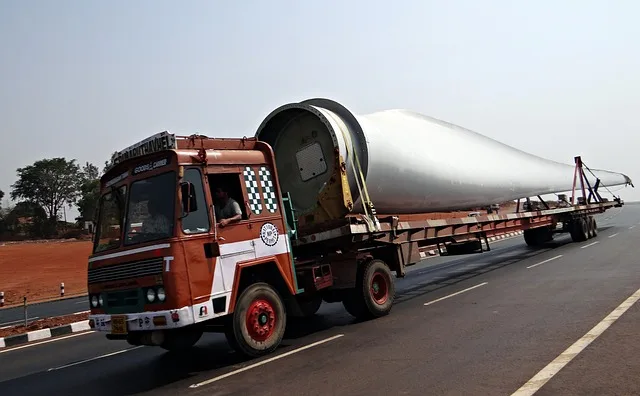The vast network of roads in India, stretching over 6.4 million kilometers, acts as the lifeblood of the nation’s economy and social fabric. This case study delves into the crucial role of road transport, encompassing its significant contribution to GDP, passenger and freight movement, the impact of infrastructure expansion, and the recent disruptions highlighting its vulnerability, all supported by key figures.
Economic Engine:
Road transport drives a substantial portion of India’s economic activity, contributing 3.6% to the GDP, a figure expected to rise with continued growth. This contribution is multifaceted, stemming from:
- Passenger Mobility: Buses, the backbone of public transport, handle a staggering 85% of passenger traffic, carrying 8.225 billion passengers annually. This facilitates daily commutes, tourism, and workforce movement, supporting diverse sectors.
- Freight Powerhouse: Trucks reign supreme in freight movement, transporting a whopping 70% of all goods within the country, carrying over 980 million tonnes of cargo annually. This includes 1.57 million new passenger vehicles manufactured within India each year, along with essential raw materials and finished products for various industries.
- Connecting and Integrating: The expansion of highways and expressways, exceeding 1,200km of expressways alone, has further amplified the impact of road transport. These arteries weave together diverse regions, fostering economic integration and regional development, connecting over 542,000km of urban roads to India’s vast network.
Efficiency and Reach:
The ongoing development of highways and expressways has transformed the landscape of road transport. These modern corridors enable:
- Faster Movement: Increased speed limits and reduced congestion translate to quicker delivery of goods and shorter travel times for passengers, boosting productivity and efficiency. This can result in time savings of hours or even days for long-distance travel.
- Wider Reach: New connections open up remote areas, fostering inclusivity and providing access to markets and essential services for over 500 million rural residents.
- Logistics Optimization: Improved infrastructure facilitates better planning and coordination for trucking companies, optimizing routes and reducing costs, potentially saving millions of rupees in fuel and operational expenses.
Perishables and the Price of Disruption:
The case study highlights the crucial role road transport plays in the timely delivery of perishables like fruits, vegetables, and dairy products. These goods, valued at over ₹5 trillion annually, have limited shelf life and rely on efficient logistics to reach consumers. Any disruption in road transport, as recently witnessed, can have immediate consequences:
- Price Fluctuations: Delayed deliveries or spoilage due to roadblocks or accidents can lead to supply shortages, causing market prices to spike. Recent disruptions saw some agricultural products increase in price by up to 30% within days.
- Food Security Concerns: Disruptions can hinder the flow of essential food items, raising concerns about food security and access to healthy and nutritious diets for millions of vulnerable individuals.
Vulnerability and the Path Forward:
The recent price surge in agricultural products due to road disruptions serves as a stark reminder of the vulnerability of this critical sector. It underscores the need for:
- Continued Infrastructure Investment: Further development and maintenance of the road network, particularly in rural areas, is crucial for ensuring smooth and reliable connectivity. The government’s ₹10 trillion National Infrastructure Pipeline aims to address this.
- Prioritizing Perishables: Dedicated cold chain logistics infrastructure and specialized corridors for transporting sensitive goods can minimize spoilage and price volatility. India’s Sagarmala Project includes plans for developing cold chain infrastructure.
- Technological Solutions: Embracing intelligent transportation systems for traffic management, real-time route optimization, and driver assistance can significantly improve efficiency and reduce disruptions. Initiatives like the National Logistics Portal aim to integrate technology in this sector.
- Sustainability Concerns: Promoting greener solutions like electric trucks and optimizing fuel efficiency can mitigate the environmental impact of the trucking industry, contributing to India’s net-zero goals.
Conclusion:
Road transport is not merely a mode of travel; it is the beating heart of India’s economy and society. Its extensive network connects people, businesses, and markets, fueling growth and development. Recognizing its immense value and addressing its vulnerabilities through continuous improvement, supported by key figures and data, is crucial for ensuring a future of smooth flow, economic prosperity, and food security for the nation. By proactively investing in infrastructure, embracing innovation, and prioritizing sustainability, India can ensure its roads remain the vital arteries pumping life into the nation’s veins.


